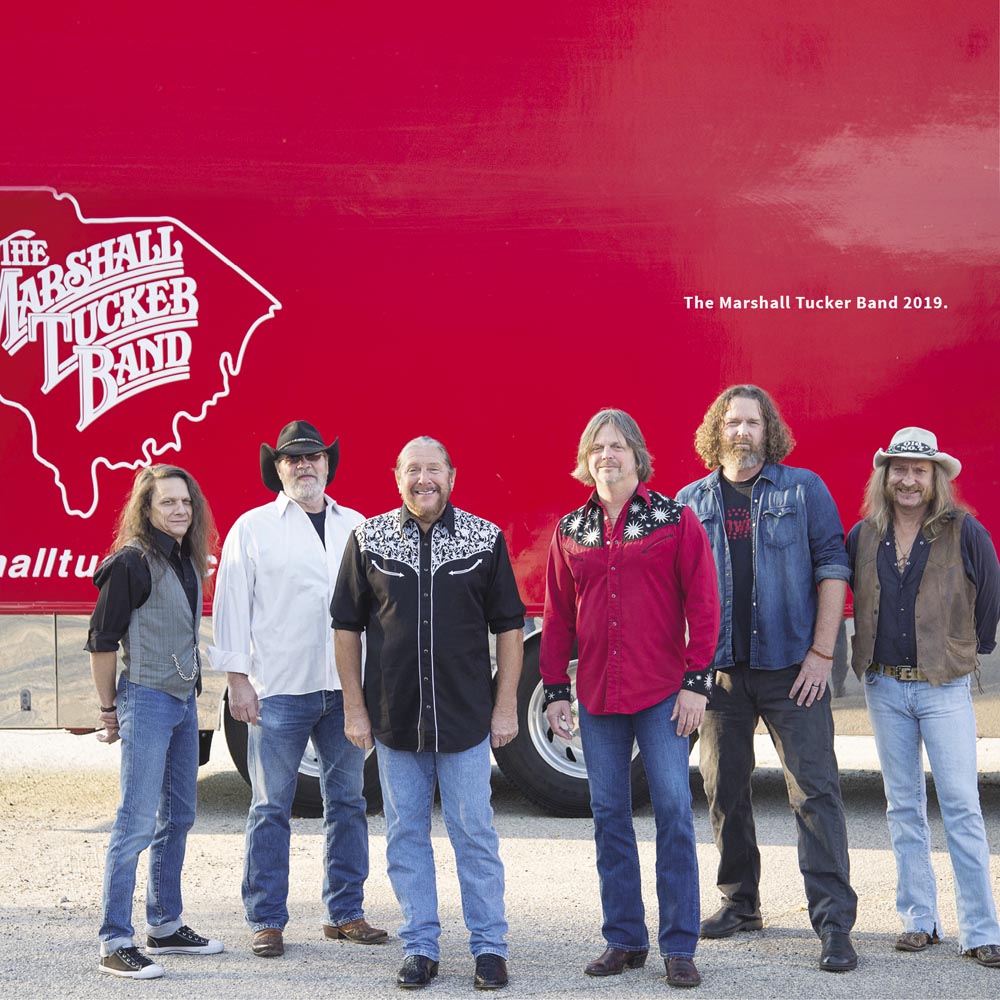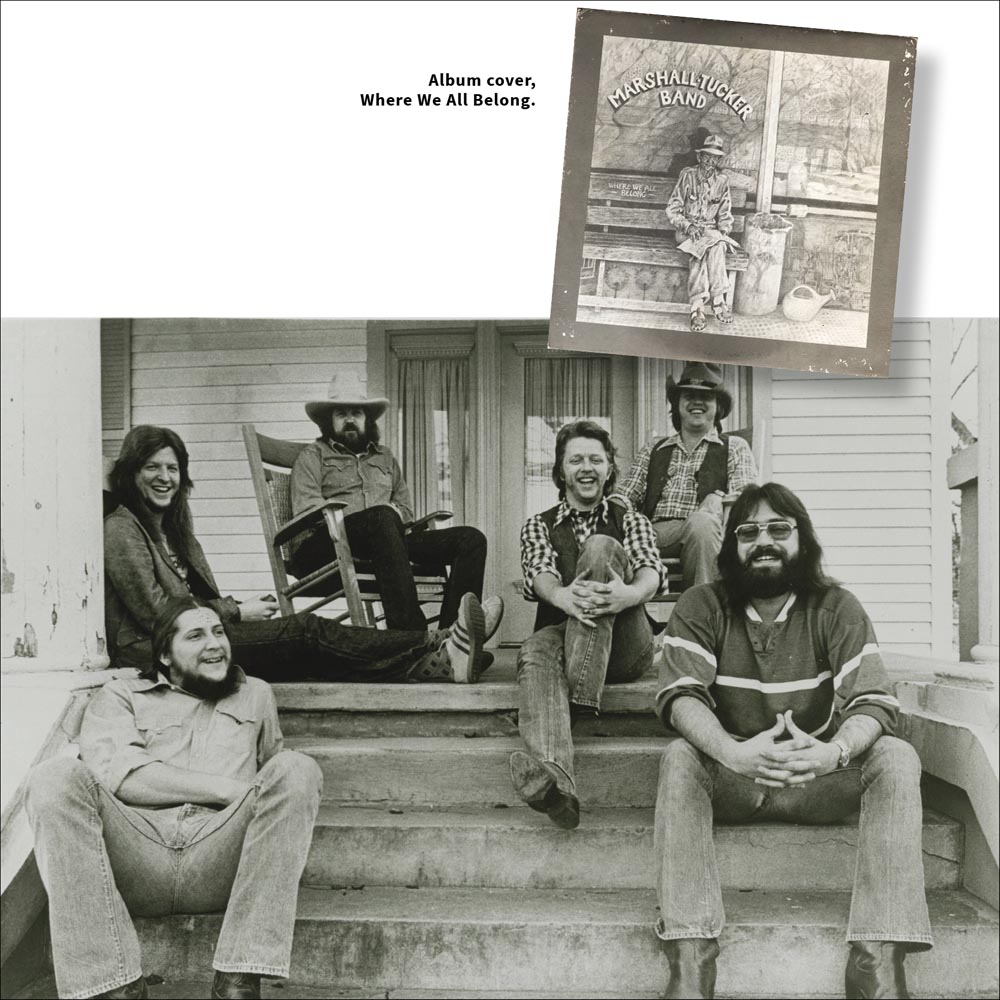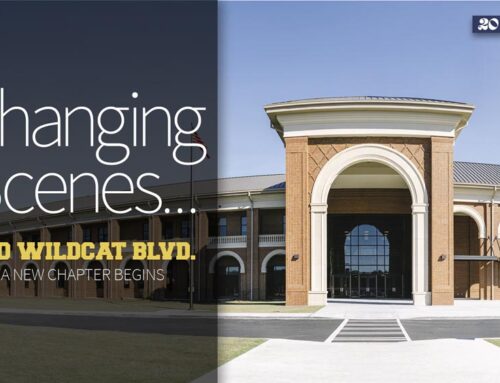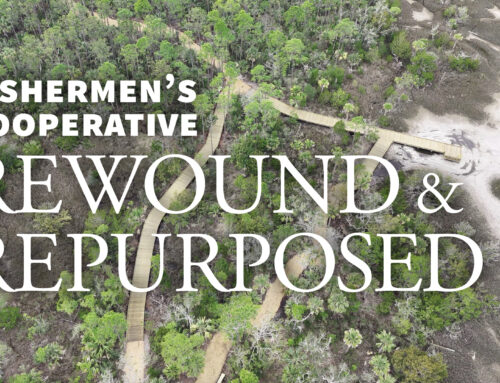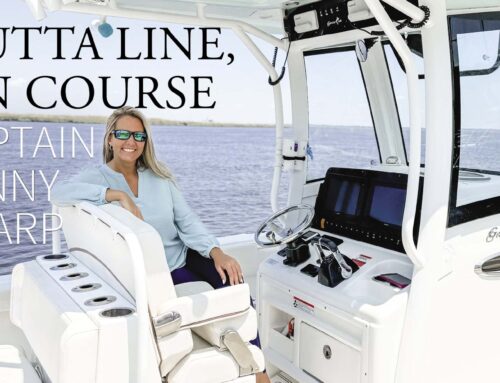
Where We All Belong
The Marshall Tucker Band
Words By Mary Henderson Photos courtesy of The Marshall Tucker Band
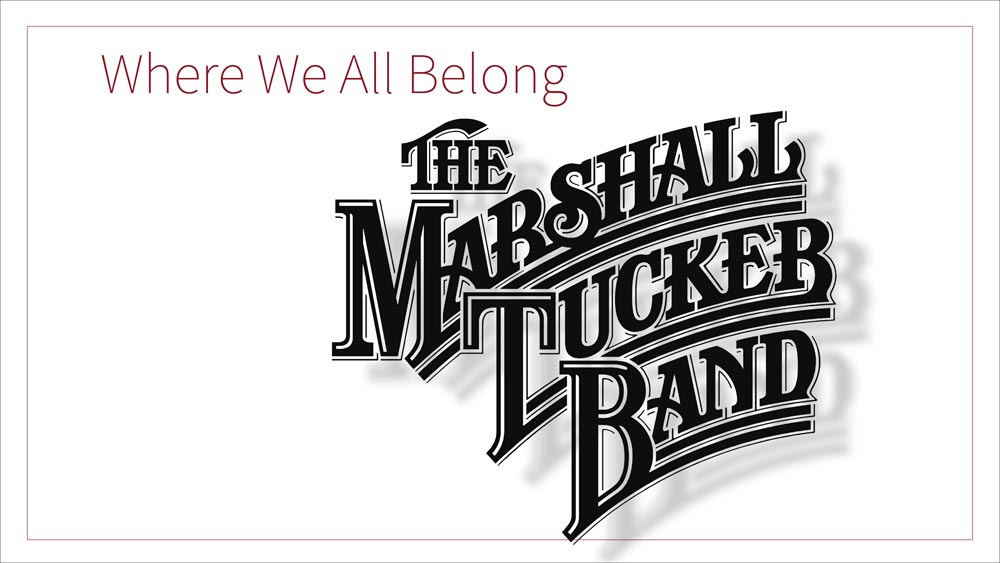
Maybe you were sitting next to a record player in your college dorm. Maybe you were in a dimly lit bar, making your way to the dance floor. Maybe you were buckled into a car seat in the backseat of your parents’ car. Wherever you may have been, it’s likely you’ve heard—and tapped your feet along to—a Marshall Tucker Band song.
Whether it’s “Can’t You See” or “Heard it in a Love Song,” the musical stylings of this quintessential southern rock band are distinct and transcendent—able to withstand the test of trends and time. Following a prolific career—with over 45 years in the music business and counting—the Marshall Tucker Band is bringing its famous, unique blend of blues, country and jazz right here to Richmond Hill as the headlining act of this year’s Great Ogeechee Seafood Festival.
“It’s going to be fun, I’m looking forward to being there,” says Doug Gray, the lead vocalist and the only still-remaining original member of the band. He’s taking some time from a rare day-off of touring to talk with us over the phone as he overlooks the ocean.
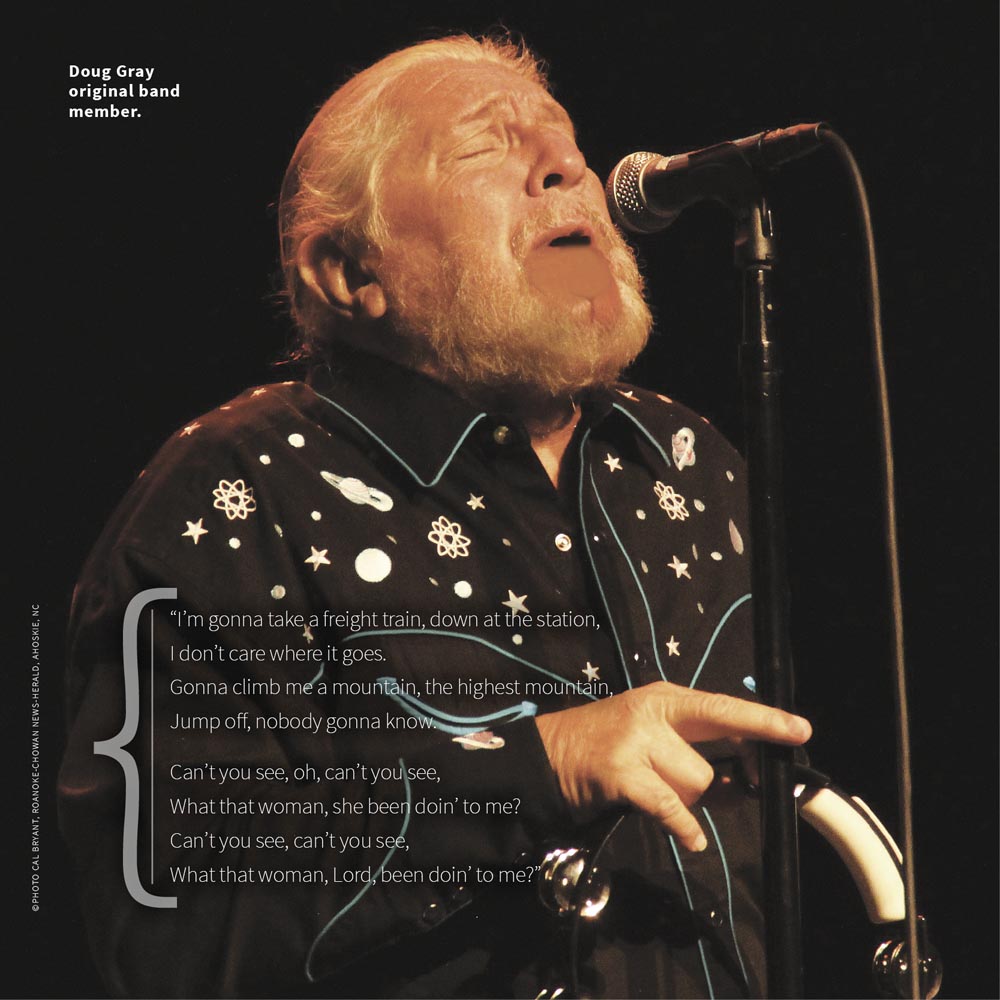
Talking with Doug is much like listening to a Marshall Tucker Band song—it feels like spending time with an old, trusty friend. • Music means as much to him now as ever. The passion, the energy, the soul, is still there, and as long as he has anything to say about it, it’ll never go away.
“They’ll never be able to get me to leave. They’ll have to roll me out whenever they do,” says Doug. “It’ll be my last dying day and I’ll still be on stage.”
The story of the Marshall Tucker Band is a long, interesting one, filled with twists and turns; and it begins a few hours up the road in Spartanburg, South Carolina.
“When I was seven years old, I snuck away from the house and went up the street a couple buildings over to the Spartanburg Memorial Auditorium. I ran over there. Nobody was paying attention—nobody had to pay attention then, it was so long ago,” says Doug. “I snuck in to see James Brown. At the time, I had no idea who I was going to see. But the energy that was coming off of that stage, it did something to me. It created the same energy you will see when we play down there.”
In 1972, after years of playing in separate bands and serving time in Vietnam, the original Marshall Tucker Band was born. This may come as a surprise for some, but no member of the original lineup of the Marshall Tucker Band was actually named Marshall Tucker. The name belonged to a blind piano tuner from Spartanburg, whose name was inscribed on the key to the old warehouse the band was renting out as rehearsal space. The band signed to Capricorn Records, and recorded their first LP, The Marshall Tucker Band, in Macon. The album—released in 1973 with the hit “Can’t You See” as the first lead single—is considered a Southern rock classic to this day.
Following the success of their debut album, the Marshall Tucker Band began touring extensively, playing upwards of 300 shows a year for a decade. They toured alongside some of the musical greats: The Grateful Dead and The Allman Brothers Band, just to name a few, often performing for crowds of 80,000 people or more.
Maintaining a career for 40-plus years is a challenge in any industry, but when it comes to the music industry, it is particularly difficult. The Marshall Tucker Band, however, still continues to sell out shows across the country, which is no small feat.
Those relationships keep forming.
From having their songs covered on The Voice, to being featured in major motion pictures, to the new, highly-accessible world of music streaming, the Marshall Tucker Band is able to reach new audiences far and wide—many of whom weren’t even alive during the band’s debut.
So, if you plan on coming to see Marshall Tucker Band play this year at the Great Ogeechee Seafood Festival, plan to see an audience of all ages dancing along. We all belong. It’ll be a show full of energy, proving not only the transcendence of music but how the magic of music brings people together and gives life a little bit more meaning.
“I want people to come to our show. I want them to understand there’s more to gray hair than old bones—that there’s strength in numbers, and we are numbers. All of us are numbers, and if we go in numbers, we go in good lovin’, and we’ll have a good time on stage,” says Doug. “And I guarantee that I’ll look out there and I’ll see people smiling, and I’ll let them know I see them smiling. It’s a wonderful thing.”











